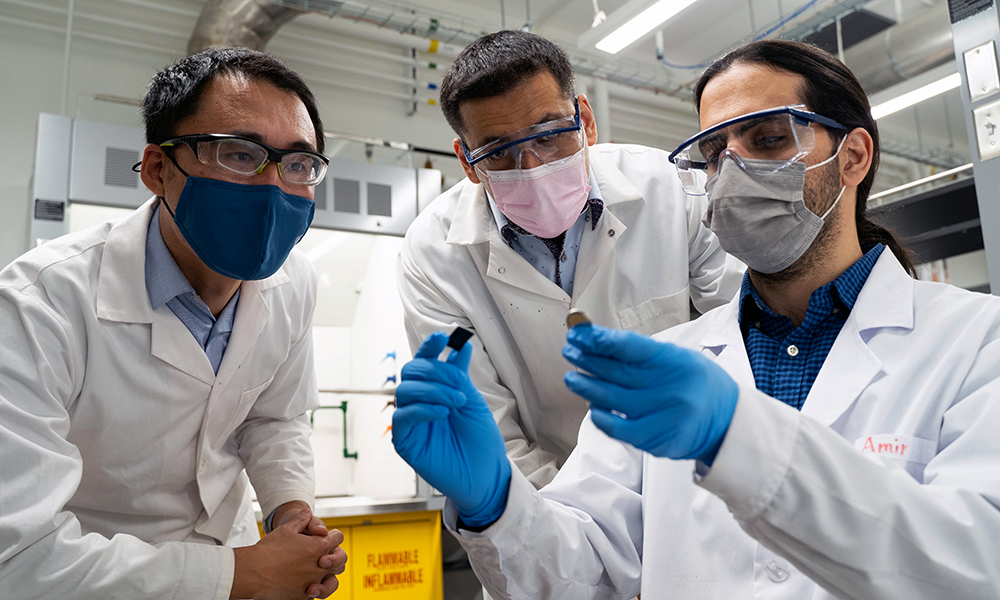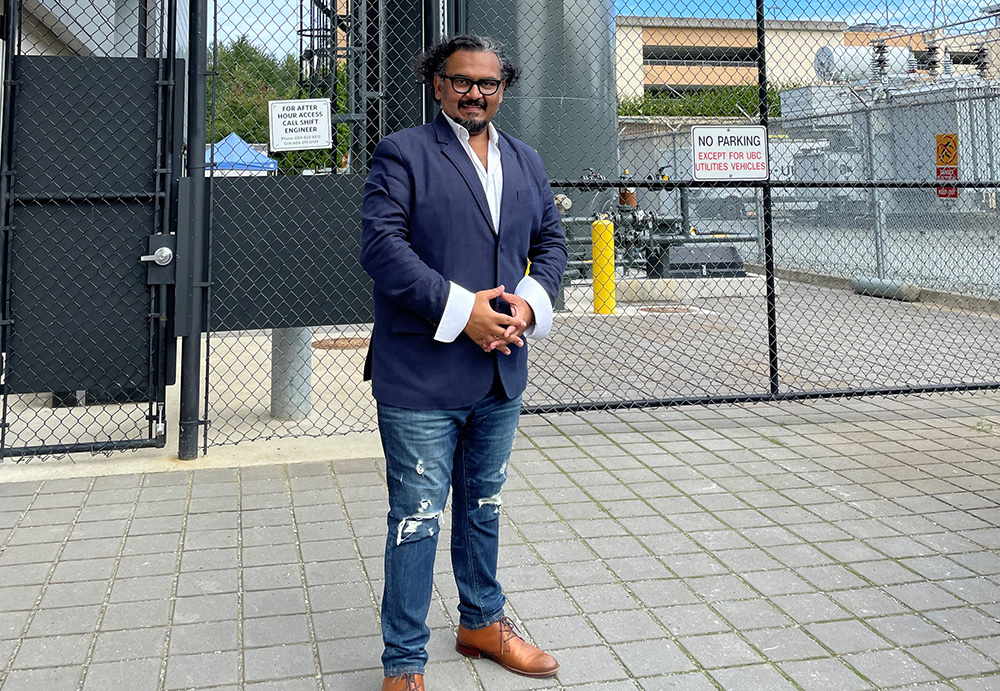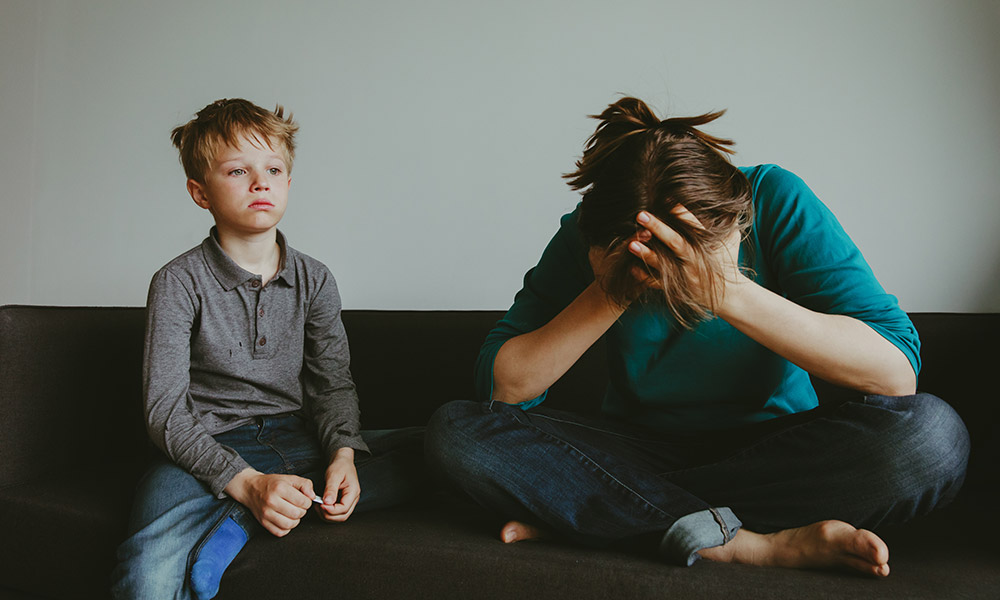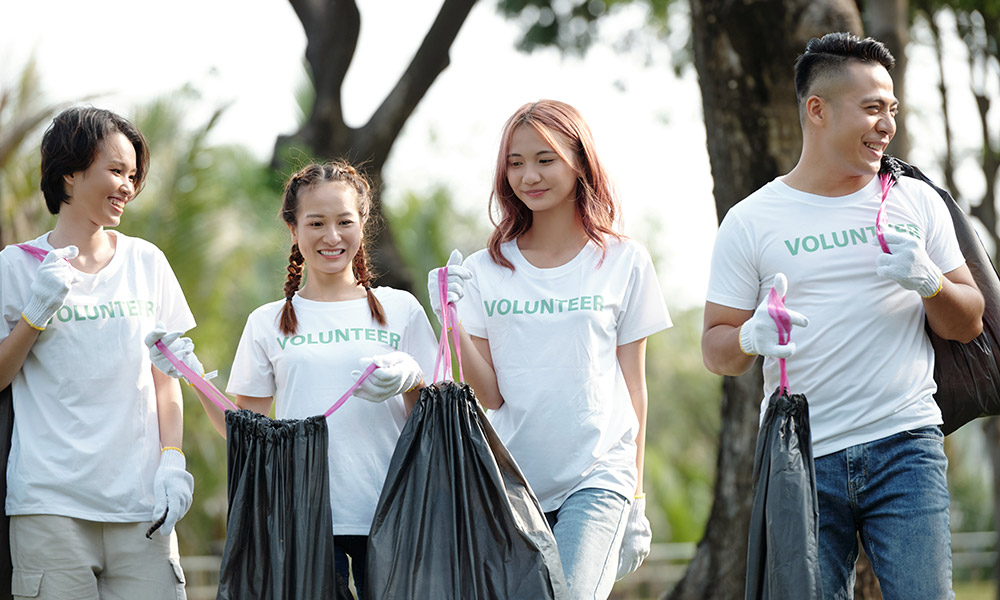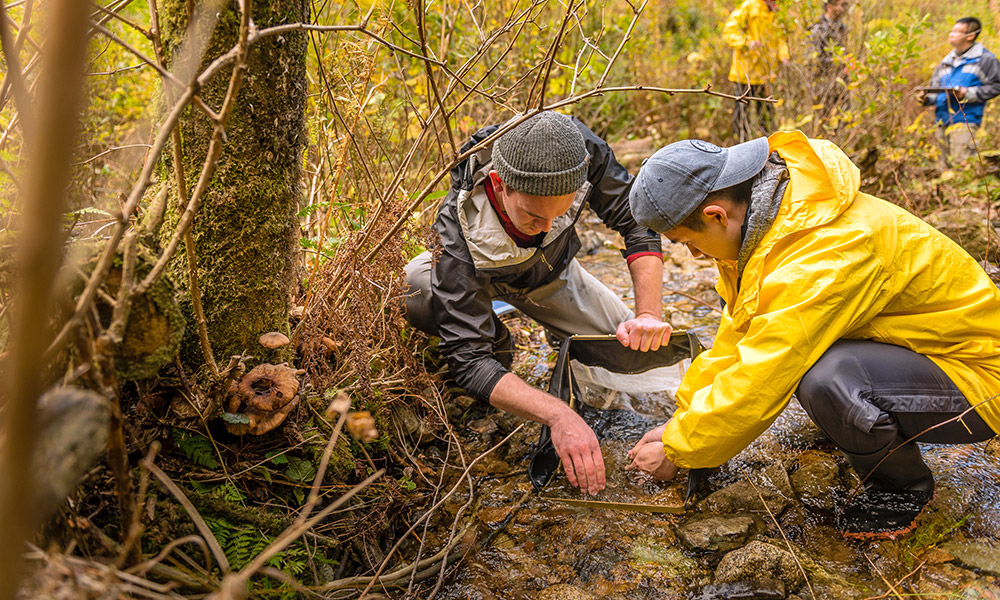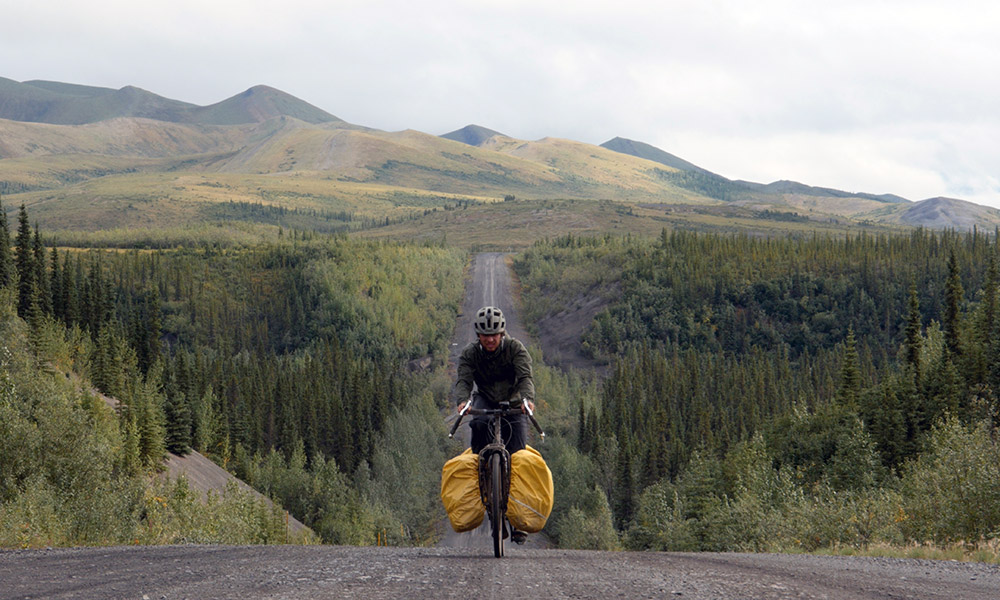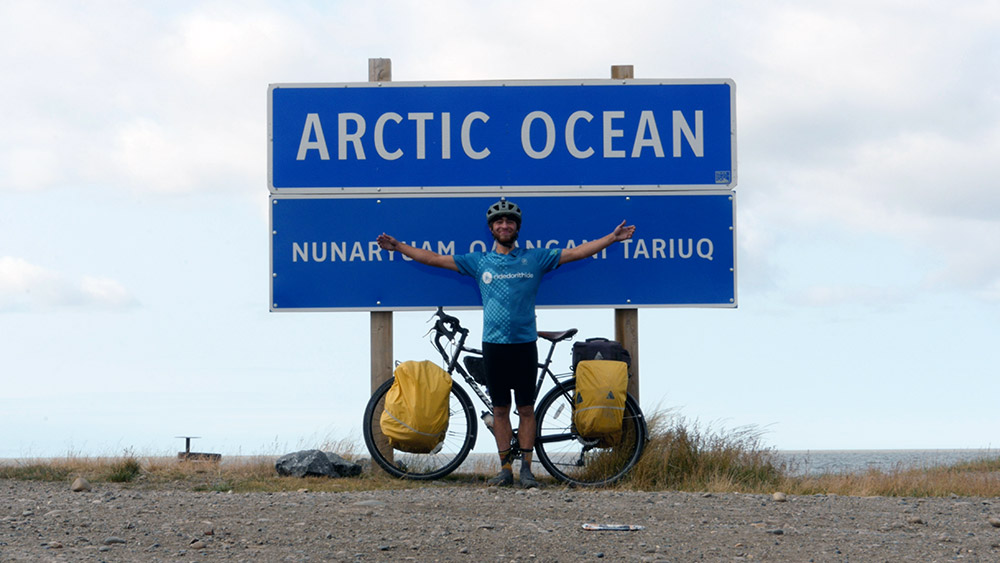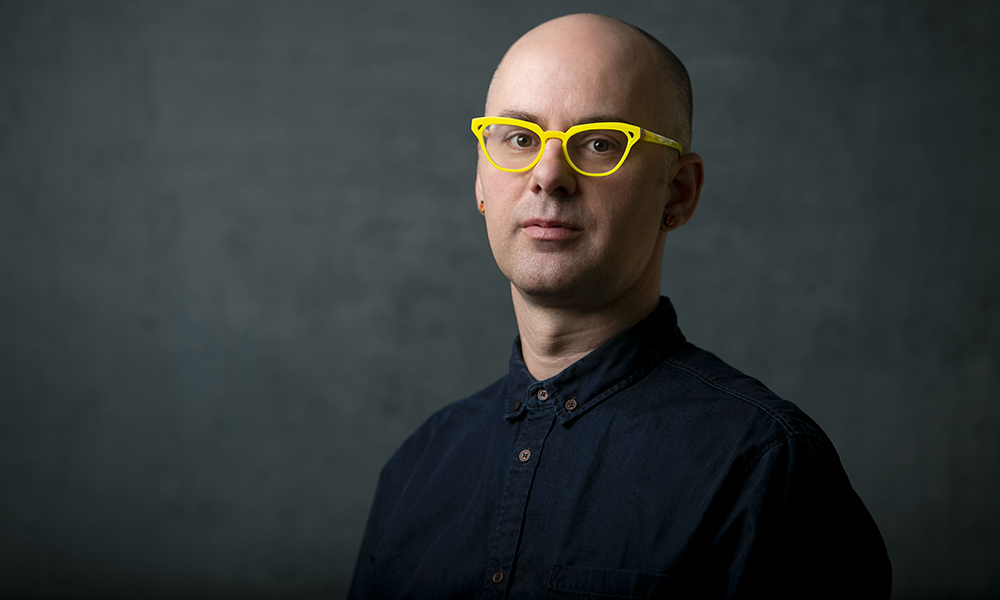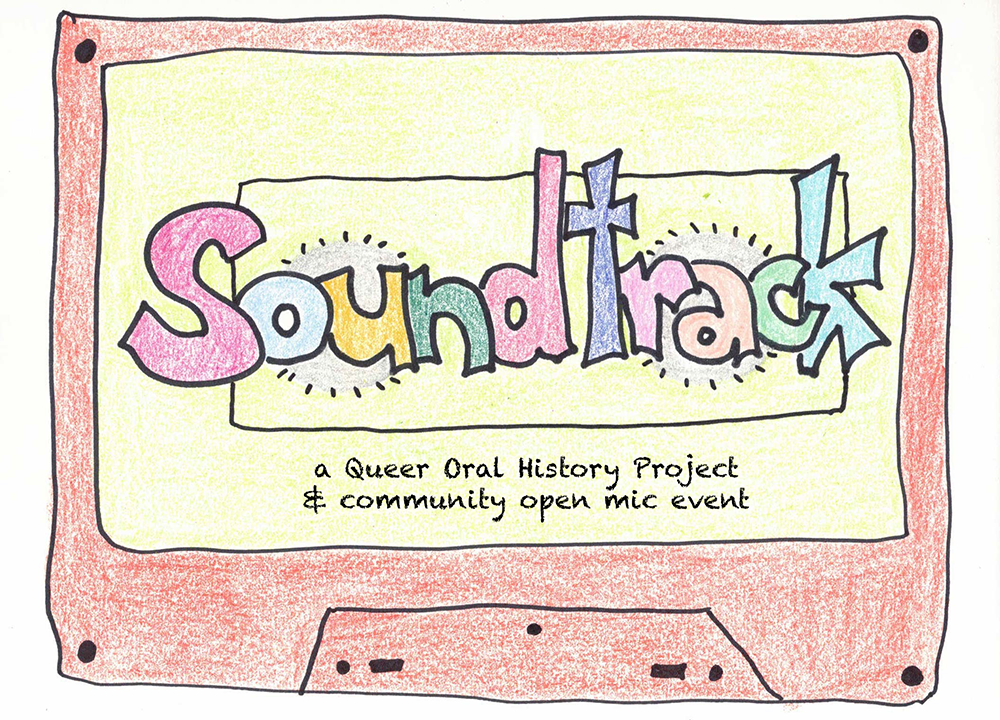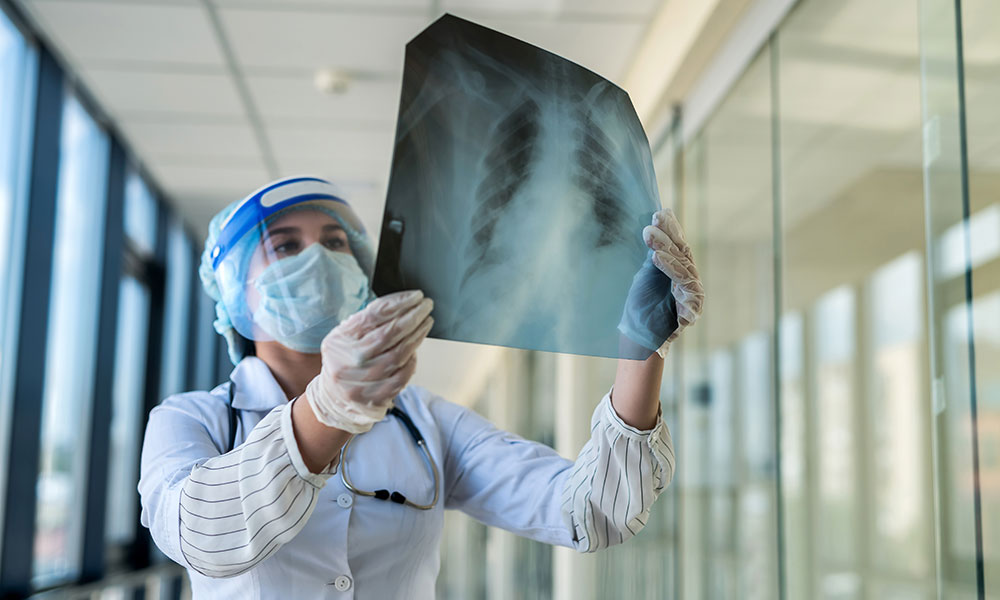
Doctors around the world who don’t have access to PCR tests need a way to rapidly screen patients for COVID-19. UBCO-developed CORONA-Net is a deep learning neural network that can quickly detect COVID-19 infections using X-ray images.
As COVID-19 continues to make headlines across the globe, many North Americans have gotten used to the idea of rapid testing to determine if they have been infected.
But UBC Okanagan researchers, who say rapid tests can be limited and expensive in many countries, are testing another testing method. And they believe, thanks to artificial intelligence, they have found one.
“There are two types of tests for COVID-19, namely viral and antibody tests,” explains Dr. Mohamed S. Shehata, an associate professor of computer science in UBCO’s Irving K. Barber Faculty of Science. “The viral test checks samples from the respiratory system for SARS-CoV-2, the virus that causes COVID-19 disease. This type of test can be performed in an hour or two, but in some cases, it can take up to one or two days to obtain results if the test has to be sent to a laboratory.”
The viral test only indicates if a current infection exists, but not if there was previous infection, he explains.
The alternative antibody test uses a blood sample and can detect if there was a previous infection with the SARS-CoV-2 virus, even if there are no current symptoms. However, the molecular polymerase chain reaction (PCR) test, common in North America, can be rare in other countries and usually costs several hundred dollars each time.
Doctors around the world need a way to rapidly test patients for COVID-19 so that they can begin immediate treatment for patients with the virus, he adds.
“The PCR method has some drawbacks, including longer detection time and lower detection rate of the virus,” says Dr. Shehata. “According to recommendations by the World Health Organization provided in October 2020, chest imaging examination is an effective method for detecting clinical symptoms of people who have been affected by and recovered from the virus.”
Dr. Shehata, along with his postdoctoral research fellow Dr. Mohamed Abdelpakey and graduate student Sherif Elbishlawi, have developed CORONA-Net, a deep learning neural network that can quickly detect COVID-19 infections using X-ray images.
“X-ray imaging has played a great role in many medical and epidemiological cases due to its wider availability, especially in countries that do not have wide PCR test deployment,” says Dr. Abdelpakey. “The use of a chest X-ray is promising for emergency cases and treatment due to its operational speed, cost and simplicity for the radiologists.”
Dr. Shehata explains that in many countries, people opt for the chest X-ray because of the cost of a PCR test or its unavailability. However, sometimes it is difficult to get the X-ray looked at by a specialist and accurately detecting the infection can take time. But by using CORONA-NET, the artificial intelligence system can flag suspicious cases to be fast-tracked and looked at quickly.
“COVID-19 typically causes pneumonia in human lungs, which can be detected in X-ray images. These datasets of X-rays—of people with pneumonia inflicted by COVID-19, of people with pneumonia inflicted by other diseases, as well as X-rays of healthy people—allow the possibility to create deep learning networks that can differentiate between images of people with COVID-19 and people who do not have the disease,” Elbishlawi adds.
Elbishlawi, who completed this work as part of his master’s in computer science thesis, says the developed CORONA-Net was able to produce results with an accuracy of more than 95 per cent in classifying COVID-19 cases from digital chest X-ray images.
The accuracy of detecting COVID-19 by CORONA-Net will continue to increase as the dataset grows. CORONA-Net, says Elbishlawi, can automatically improve itself over time and self-learn to be more accurate.
“The results on the testing set were obtained and can be seen in 100 per cent sensitivity to the COVID-19 class. There was a 95 per cent sensitivity in the classification of the pneumonia class and a 95 per cent sensitivity in the classification of the normal class,” he explains. “These results show that CORONA-Net gives a highly accurate prediction with the most sensitivity to the COVID-19 class.”
The developed CORONA-Net architecture substantially increases the sensitivity and positive predictive value (PPV) of predictions, making CORONA-Net a valuable tool when it comes to using chest X-rays to diagnose COVID-19.
“CORONA-Net can have a significant and positive impact on health-care systems as testing every person suspected of having the disease is difficult. CORONA-Net can provide accurate and promising results in terms of sensitivity, PPV and overall accuracy,” says Dr. Abdelpakey. “We hope our work can be used to more easily test for COVID-19 and help bring this pandemic to an end.”
The paper was published in the Journal of Imaging this spring and has already received several citations.

